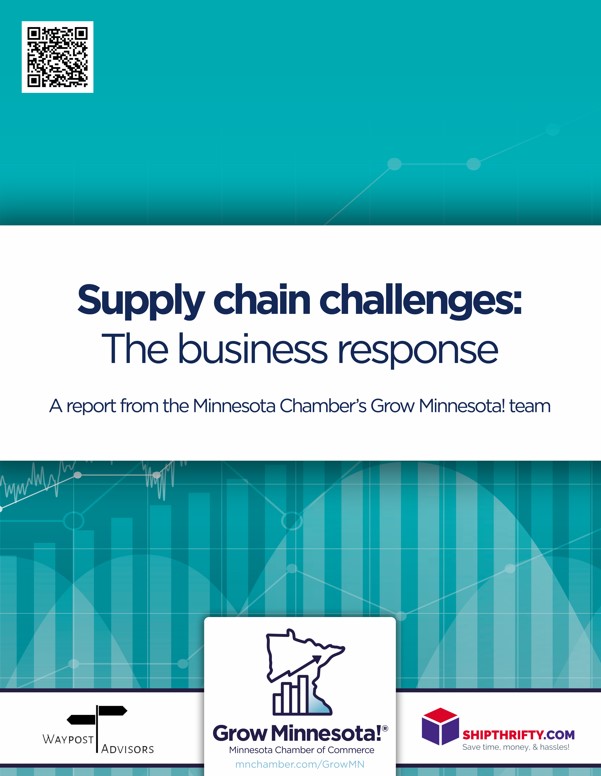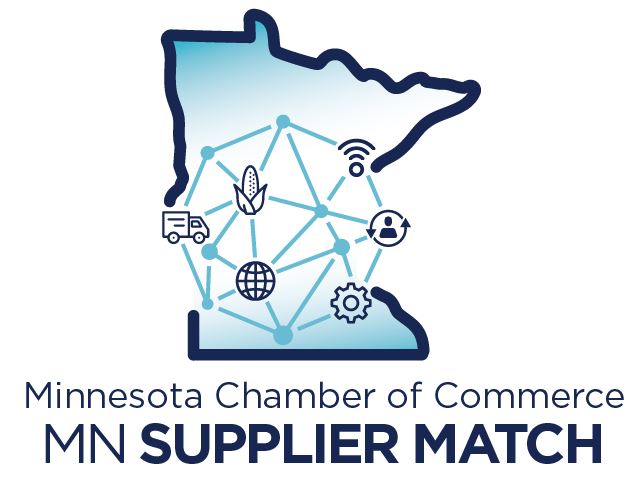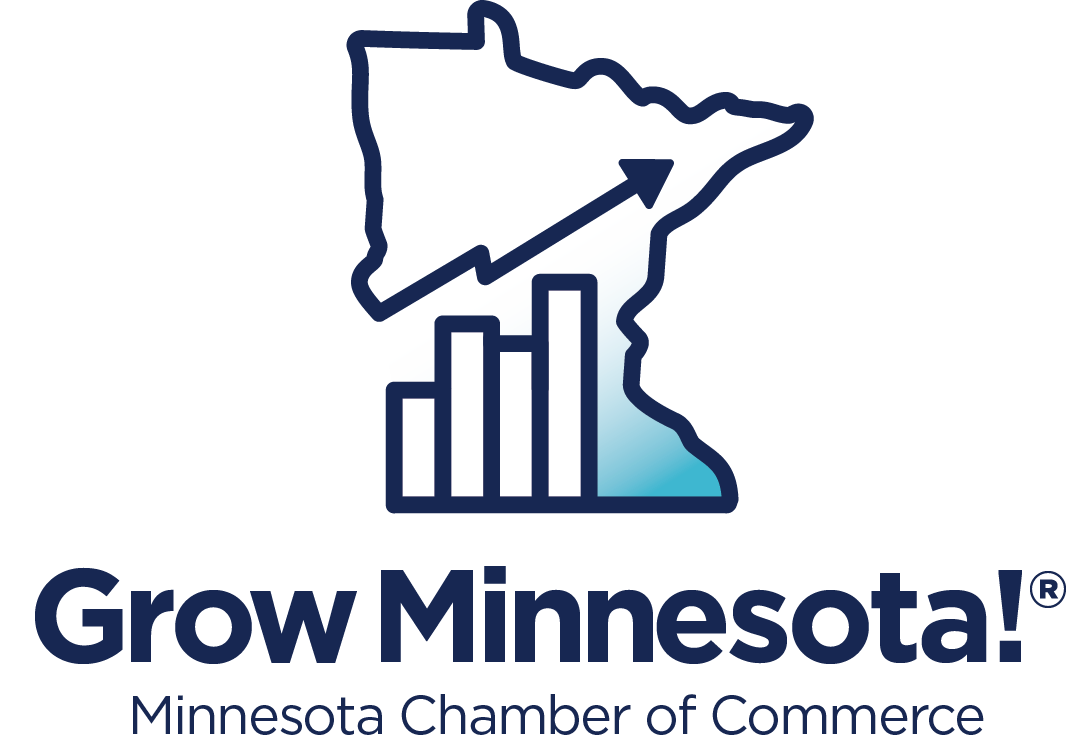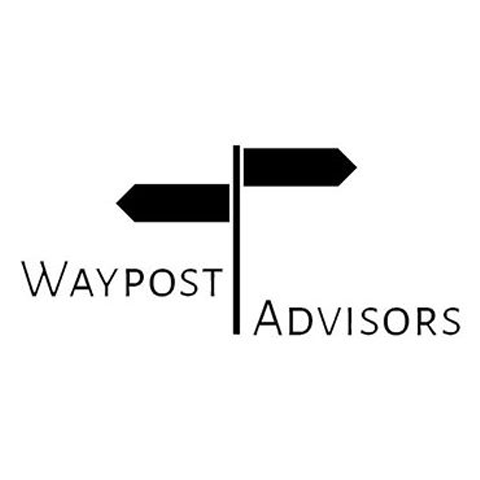Supply chain challenges: The business response
How Minnesota businesses are responding to ongoing supply chain challenges
Minnesota’s economy has largely recovered from the unprecedented downturn of 2020, with key measures of output and demand surpassing pre-COVID levels.
Yet, the state’s economic performance has been hampered by supply-side constraints, including both workforce shortages and supply chain bottlenecks. Coupled with inflationary pressures, these ongoing supply chain challenges pose a growing risk to the business community. Unfortunately, only limited state-level data exists to understand how individual companies are impacted and reacting to these emerging supply chain trends.
Some anecdotal evidence suggests that businesses are pursuing reshoring efforts to shorten the links in their supply chains. However, the evidence is mixed regarding how much supply chain restructuring is actually taking place.
- A November 2021 survey from McKinsey shows that while companies remain highly interested in regionalizing their supply chains, firms were much more likely to increase inventories than shift sourcing over the past year.
- This article from the Harvard Business Review details the difficulties in building domestic supply chains.
- Similarly, Kearney Reshoring Index data shows limited evidence that reshoring activities are shifting U.S. manufacturing jobs in any material way.
Further, even if firms put plans into motion, restructuring supply chains does not happen overnight. There may be a natural lag in the time it takes for planned supply chain shifts to materialize. In light of these research gaps, Grow Minnesota! partnered with the Association of Supply Chain Management (ASCM) Twin Cities to survey over forty supply chain leaders in Minnesota to better understand the challenges they face and how they are responding to build more resilient supply chains. While this survey represents a limited sample of businesses, it sheds light on how some of Minnesota’s supply chain leaders are approaching these emerging issues and what opportunities might exist in the future.
Key Findings:
- Supply chain has become a more central part of overall business strategy and performance during the pandemic.
- Delays and cost increases are cited as businesses’ most significant supply chain challenges, followed closely by lack of inventory and predictability in future availability and cost. Roughly a third of businesses said that rising costs had a significant impact on their firm’s bottom-line performance.
- So far, the war in Ukraine is having a modest impact on Minnesota’s business supply chains.
- Businesses report increasing inventories and restructuring supply chains to address current challenges.
-
Over one-third of respondents are looking to do more business with Minnesota suppliers, and nearly 40% are looking for suppliers with sustainable offerings. Yet, the cost and capacity of local suppliers are cited as a barrier.
1. Supply chain has become more central to overall business strategy and performance.
- 61% of respondents stated that supply chain operations have become significantly more critical to overall business strategy and performance now than before the pandemic. Another 27% said supply chain operations became moderately more important over the pandemic.
- Roughly one-third (32%) said supply chain cost increases have significantly impacted their business’s bottom line in the past year. Another 49% reported moderate impacts on bottom-line performance.
- 73% estimate that supply chain staff and technology business expenditures will increase moderately (56%) to significantly (17%) in the next three years.
2. Delays and cost increases are cited as businesses’ most significant supply chain challenges, followed closely by lack of inventory and predictability in future availability and cost.
- Nearly two-thirds of respondents said bottlenecks/delays (66%) or cost increases (63%) were among their top three biggest challenges. One Twin Cities manufacturer we spoke with described waiting for nearly a full year to receive a shipping container that had gotten delayed in China, then stuck in the port in Vancouver, and then slowed again as it traveled to Minneapolis. This incident was after having to pay half of the cost upfront and the other half once the container hit the U.S. border.
- 59% said that lack of inventory or product availability was among their top three most significant challenges. Another 44% reported that lack of predictability in future costs and availability topped their list of concerns.
- Staffing also appears to impact business supply chains, as 22% of businesses cited staffing challenges among their top three concerns. A healthcare supply chain leader we talked to described that their team has dealt with significant employee burnout during the pandemic. Their team, she stated, has been so focused on “putting out fires” that they have not had time to fully implement new technologies or strategies to improve their overall operations. They have also struggled to find candidates for openings in technically oriented positions, such as supply chain analytics.
These staffing challenges also impact companies’ suppliers, contributing to delays and cost increases. One respondent wrote that their suppliers’ inability to find workers is the top reason that they can’t expedite late orders and is driving up costs.
3. So far, the war in Ukraine is having a modest impact on Minnesota’s business supply chains.
- A plurality (41%) of respondents reported that the war in Ukraine has not impacted their supply chains, while 39% said the war had moderate negative impacts.
- Only 7% reported significant negative impacts from the war.
4. Businesses report increasing inventories and restructuring supply chains to address current challenges.
- When asked about how businesses are addressing supply change challenges, the top responses cited were increasing inventory (63%), restructuring their supply chain footprint (54%), and hiring or training more supply chain staff in their workforce (39%). The shift toward inventory stockpiling aligns with the Minneapolis Federal Reserve survey findings in early 2022.
- Another 32% said they have sought to renegotiate contracts with suppliers, and 24% are implementing new technologies to address supply chain challenges.
5. Businesses favor strategies to diversify their supplier base (i.e., add alternative backup suppliers) over efforts to replace their current suppliers outright.
- A clear majority (56%) of respondents report that they seek to diversify their supplier base by adding backup suppliers. In comparison, only 10% said they are moving supply chains closer to home or nearshoring (i.e., moving supply chains to nearby countries, such as Mexico and Canada).
One respondent wrote that they are in the process of looking at alternative suppliers to improve on shipping and timely deliveries, but that cost is an issue. A third of respondents agreed, saying that the higher cost of local suppliers inhibits their ability to localize their supply chain.
- A supply chain consulting firm we spoke with commented that local hiring challenges might also be a limiting factor. Local suppliers’ ability to scale up and meet increased demand is contingent to some degree on whether they can increase staffing capacity as needed. One business wrote that “suppliers in Minnesota are too busy to take on new work. Operations are not scaling up or investing in automation to support the growth Minnesota needs.” This issue could be another reason firms are looking to add backup suppliers rather than replacing them with more local ones.
- Despite these challenges, businesses are still looking to increase their local supply base. Thirty-four percent (34%) said they would like to work with more Minnesota-based suppliers. Another 39% are looking to do more business with suppliers offering sustainable solutions, and 15% of respondents said they are trying to do more business with diverse suppliers.
- One manufacturer explained that they’d be willing to pay higher costs to work with local suppliers and that the cost difference is mitigated to some extent by rising shipping and fuel costs. If local suppliers can offer shorter lead times and reduced shipping costs, they may be better positioned to compete with competitors.
- This reveals both the challenges and opportunities associated with efforts to drive more local supply chain activity in Minnesota.
- The most common strategies to find suppliers were general staff knowledge (73%), online web searches (56%), and direct referrals from peers (49%). However, modest shares also rely on events/trade shows (34%) and curated supplier databases (24%) to find new suppliers.
These findings underscore how supply chain challenges are impacting Minnesota’s business sector. While it is difficult to predict how these issues will evolve in the coming months, the actions businesses are taking now will shape future economic activity. Most notably, businesses’ desire to restructure their supply chain footprint by diversifying their supplier base presents an opportunity to build stronger links between local companies. Some businesses may even be willing to accept higher costs to work with local suppliers if doing so enables shorter lead times and increased reliability.
Yet, maximizing this opportunity will require that suppliers have the capacity to fulfill orders and grow alongside their customers. This points to the need for continued investment in productivity (e.g., automation, digitalization), effective workforce strategies, and transportation infrastructure to help local suppliers compete for business.
More research and outreach are needed to explore these opportunities further. Grow Minnesota! will continue investigating and working alongside partners to advance supply chain solutions.
MN Supplier Match is an initiative of the Minnesota Chamber of Commerce’s Grow Minnesota! program that seeks to highlight Minnesota’s robust supply chain and increase business-to-business activity in the state. Minnesota businesses can find local suppliers through our database of over 1,100 companies and can also be registered as a supplier in the database. There is no cost to search the database or be listed as a supplier.
Users can search by industry, location, and business ownership characteristics (e.g., minority-owned, woman-owned, veteran-owned), among other filterable options.
Learn more: The MN Supplier Match database can be accessed here but does require login credentials. Email growminnesota@mnchamber.com or follow the instructions on the webpage to receive free login credentials.
The Association for Supply Chain Management (ASCM) (formerly known as APICS) is the global leader in supply chain organizational transformation, innovation and leadership. As the largest non-profit supply chain organization, ASCM is an unbiased partner, connecting companies around the world to the newest thought leadership on all aspects of supply chain. ASCM is built on a foundation of APICS certification and training spanning 60 years. Now, ASCM is driving innovation in the industry with new products, services and partnerships that enable companies to optimize their supply chains further, secure their competitive advantage and positively impact their bottom lines.
Learn more: More information on ASCM Twin Cities can be found on their website.
Minnesota has a legacy of building and growing businesses here that keep the economy strong and provide a quality of life for our communities. Grow Minnesota!® is the Minnesota Chamber’s premier economic development program focused on retaining and growing Minnesota businesses. Our staff helps businesses overcome challenges, make new connections, and grow – in any part of the state. Working with Grow Minnesota! means access to economic data and insights as the state moves toward economic recovery and access to Minnesota-based suppliers on any number of products and services that could help your company grow.
For more information, access the MN Supplier Match or schedule a visit from our Grow Minnesota! team, please visit our website or email Vicki Stute, Vice President, Programs and Services.





